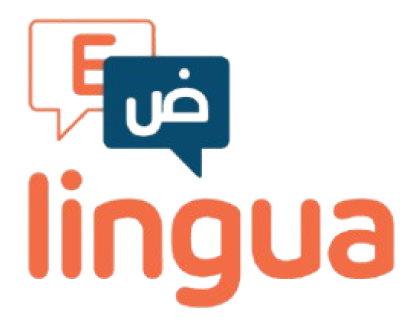How to Choose the Right Interpretation Service
In an increasingly globalized world, effective communication across languages is essential for businesses, organizations, and events. Whether you’re hosting an international conference, conducting a legal proceeding, or facilitating a corporate meeting, choosing the right interpretation service ensures clear and accurate communication. At Lingua Smart, we offer a range of interpretation solutions tailored to different needs. Here’s a guide to help you select the best option.
1. Simultaneous Interpretation
Simultaneous interpretation is ideal for large conferences, summits, and events where real-time translation is required. Interpreters work from soundproof booths, translating speech as it is spoken, with participants listening through headsets.
Best for: International conferences, high-profile events, and multilingual meetings.
Advantages: Real-time translation, seamless communication, minimal disruption.
Considerations: Requires specialized equipment and trained interpreters.
2. Consecutive Interpretation
In consecutive interpretation, the speaker pauses periodically to allow the interpreter to translate. This method is commonly used in business meetings, legal proceedings, and medical consultations.
Best for: Small meetings, legal hearings, interviews, and press conferences.
Advantages: No need for special equipment, more precise translations.
Considerations: Increases the duration of the event since interpretation follows speech segments.
3. Whispered Interpretation (Chuchotage)
Whispered interpretation is a variation of simultaneous interpretation where the interpreter translates in a low voice directly to a small group or individual.
Best for: One-on-one meetings, small business discussions, and diplomatic settings.
Advantages: No special equipment needed, real-time communication.
Considerations: Best for a limited number of listeners, can be challenging in noisy environments.
4. Remote Simultaneous Interpretation (RSI)
With advancements in technology, Remote Simultaneous Interpretation (RSI) allows interpreters to work remotely using specialized platforms. Participants listen to real-time interpretation via their devices.
Best for: Virtual meetings, webinars, and hybrid conferences.
Advantages: Cost-effective, flexible, and eliminates travel expenses.
Considerations: Requires a stable internet connection and reliable RSI platforms.
5. Over-the-Phone Interpretation (OPI)
Over-the-phone interpretation is a convenient solution for quick and on-demand language assistance. Interpreters provide real-time translation via phone, making it suitable for emergency situations and customer support.
Best for: Call centers, healthcare services, and legal consultations.
Advantages: Immediate access to interpreters, cost-effective.
Considerations: Lacks visual cues, which may affect communication clarity.
6. Video Remote Interpretation (VRI)
Video Remote Interpretation (VRI) combines the convenience of remote interpretation with the added benefit of visual communication. It is widely used in healthcare, legal, and business settings where non-verbal cues matter.
Best for: Telemedicine, virtual legal hearings, and remote business negotiations.
Advantages: Quick access to interpreters, improved communication with visual support.
Considerations: Requires video conferencing technology and stable internet.
How to Choose the Right Interpretation Service
When selecting an interpretation service, consider the following factors:
Event Type & Size: Large conferences benefit from simultaneous interpretation, while small meetings may be better suited for consecutive interpretation.
Budget & Resources: Remote interpretation options like RSI and VRI can be cost-effective alternatives to on-site services.
Industry-Specific Needs: Legal, medical, and diplomatic settings require expert interpreters familiar with industry-specific terminology.
Technological Requirements: Ensure you have the necessary equipment or platform support for remote solutions.
recent posts
recent posts
Since our founding in 2010, we have set the benchmark for excellence in language solutions. Our team of highly qualified linguists is trusted by partners worldwide to deliver precise, reliable services. Whether it’s for live events, meetings, pre-recorded content, or translation projects, we ensure every interaction is clear, accurate, and culturally aligned.
Lingua – Speak the World’s Language
Top links
Our Branches
Abu Dhabi
306, Shama Tower, Hamdan St




